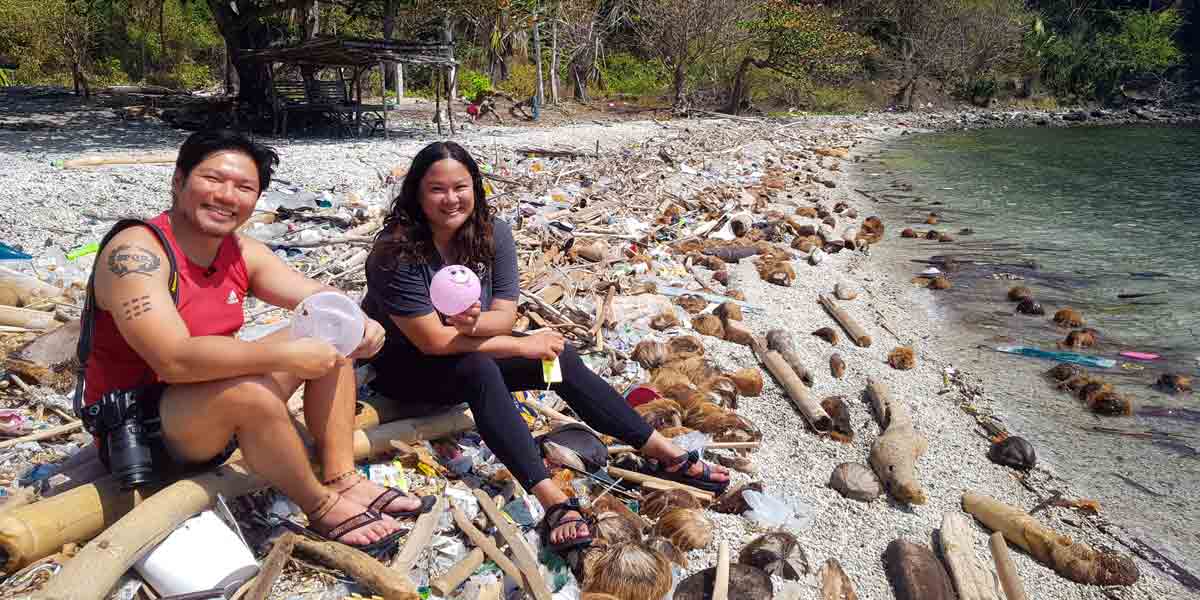 By Lucell Larawan
By Lucell Larawan
Many organizations have yet to build a system that is compatible with the creative age. Without much thought, firms exist according to what they believe are helpful principles but are actually cults. They are cults because they have some followers and uses, but they produce dysfunctional behaviors in the long run.
One example is the cult of rigorous process as salvation. It assumes that activities can only prosper if they follow fixed steps. Nevertheless, creative people–those behind sustainable organizations—prefer the flexible toolbox of heuristics and an agile curious mind.
Do you want to experiment for novel discoveries like what Mark Zuckerberg did with Facebook? Do not be tied by specific steps in the journey. There is no such thing in creative exploration. And do not be afraid to fail. If experiments are not allowed to fail, they are not experiments at all.
To add to this, Julian Jenkins, a senior creative consultant proposes the following tips.
Be selective in choosing which company to work with. There are companies that want creative people in their team. They seem to flatter, but be careful. If creative activities are sidelined, these are houses of cards. Are these companies open to new ideas? Are they amenable to cultural transformation that comes with new ideas? Does the CEO allot time, money and other resources at his level? Evaluate how managers respond to these questions.
Another tip: work with senior leaders. Change needs to be modeled from the top, down. Creative leaders need to work closely with top managers, or else, they cannot embed the culture of design. CEOs and the board members should be strong advocates of creativity and design.
Be a systems thinker. Redesigning an organization is necessary if processes and systems do not drive the right atmosphere. If not, a creative individual who needs a design intent meeting for a project will easily be unceremoniously stopped, mid-flight, by planning or budgeting sessions.
Focus on people interactions and social processes. Insight can only come from people who interact in both formal and informal meetings. Break down silos and formal structures that keep people apart. Give more weight on how people can improve communication.
Exercise discipline when implementing new processes. When implementing changes that support creativity, be sure to give appropriate rewards for adopting the new ideas for change. Incentives and accountability should be in place.
Kill some sacred cows. Even if we are known to have “awa” (pity) in our core values, creative environments should constantly be vigilant about Jurassic thinkers who always want to preserve the status quo. Fire people with appropriate methods emphasizing the need to toe the line with the 21st Century organization that a manager flaunts. I mean it. Or are you a sustainable organization?
Help the organization learn from experience. Even for those with positive cultures that encourage creativity and innovation, there are still obstacles that emerge, such as a reluctance in prototyping a new process.





















